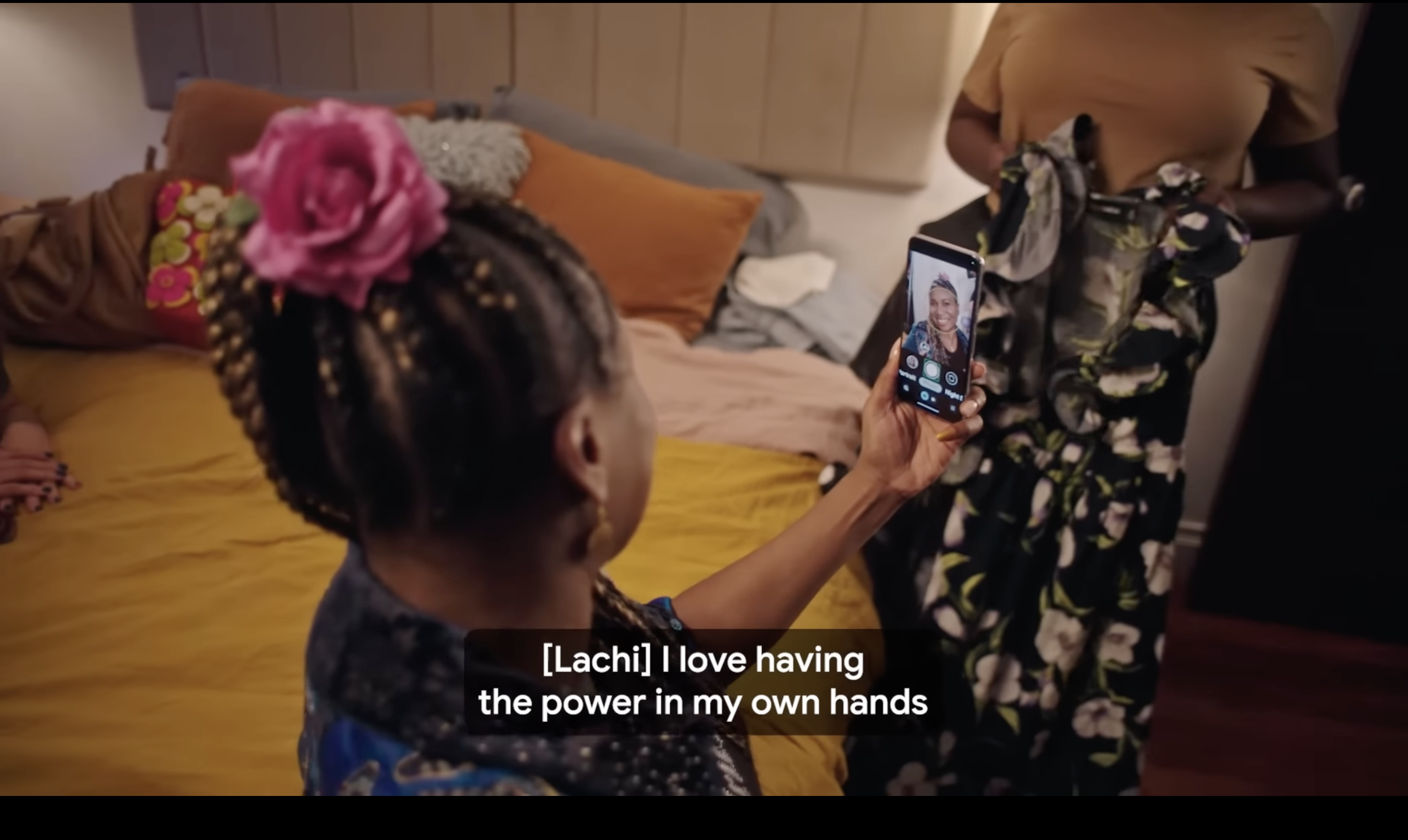
In the ever-evolving world of smartphone technology, Google’s commitment to accessibility takes a giant leap forward with the introduction of Guided Frame. This innovative feature, part of the Pixel 7 series, demonstrates Google’s dedication to creating an inclusive camera experience, particularly for individuals with visual impairments. In this blog post, we’ll explore how Guided Frame, a harmonious blend of hardware and software, is revolutionizing the way blind or low-vision individuals capture the perfect picture.
What is the Guided Frame?
Guided Frame is an addition to Google’s TalkBack accessibility feature. TalkBack is traditionally meant to provide those with visual impairments with speech and gesture-based navigation to make it easier to use their phones. Guided Frame is an AI-powered functionality that helps you take pictures. It uses a combination of audio cues, high-contrast animations, and haptic (tactile) feedback to help people who are blind and low-vision take photos. This feature works on both the front and rear cameras, and it recognizes more than just faces — so snap a picture with your dog or your dinner.
You point the camera at yourself or the object, and the phone recognizes what’s going on and directs you to move the camera to get it in the frame. When aligned, it takes the photo for you after a countdown.
Guided Frame’s Bimodal Support
Guided Frame represents an innovative blend of hardware and software, offering a unique bimodal support experience. This feature tactfully combines tactile feedback and spoken directions, providing users with a dual sensory input—making it a practical solution for individuals who depend on non-visual feedback for their smartphone interactions. The inclusion of haptic feedback in Guided Frame serves as a smart guide, confirming when users have achieved the optimal positioning for capturing a great selfie. This approach not only showcases technological ingenuity but, more importantly, addresses the practical needs of users with diverse abilities who rely on non-visual cues in their interaction with smartphones. This bimodal support aligns seamlessly with the functional model of disability, which emphasizes finding practical solutions to enhance daily functionality for individuals with disabilities.

Seamlessly integrating with Android’s TalkBack, the feature prioritizes usability by delivering succinct and clear verbal directions, accompanied by friendly haptic feedback for confirmation. This design not only caters to individuals with visual impairments, ensuring an accessible photography experience but also extends its desirability to a broader user base. While it may not be universally compatible with all Android devices yet, its integration into Google’s Pixel lineup ensures compatibility within that ecosystem. In mirroring Apple’s approach with VoiceOver on iOS, it underscores a universal commitment to providing all users, irrespective of their abilities, equal access to the joy of capturing selfies with ease.
Enabling Autonomy and Independence
At the core of Guided Frame is the idea of giving users with visual impairments the freedom to take selfies independently. By eliminating the need for external help, Pixel users can confidently navigate the framing process on their own. This restoration of independence is crucial, as it allows users to express themselves without relying on others. In adopting the social model of disability, Guided Frame emphasizes breaking down societal barriers and empowering users to engage in creative activities like taking selfies without external assistance.

In discussions about accessibility, there is often a focus on how technology aids in everyday tasks, such as using a phone or an app. While these considerations are crucial, it is equally important to harness technology to make creative and social activities, like the act of taking a selfie, accessible to everyone. Guided Frame isn’t just an accessibility upgrade; it’s revolutionizing smartphone photography. By seamlessly integrating AI for selfies, Google breaks accessibility barriers. Navigating with TalkBack or capturing a guided selfie, Guided Frame embodies Google’s commitment to universal accessibility and inclusive design. This evolving AI function highlights the transformative power of inclusivity in smartphones.